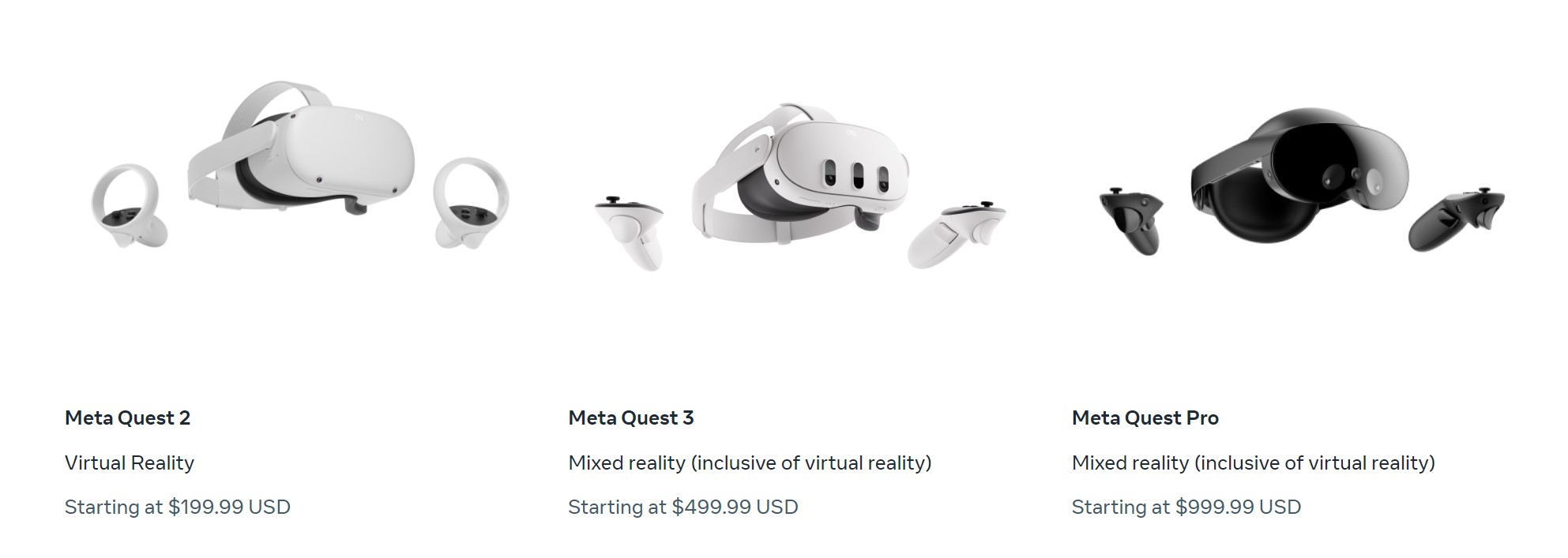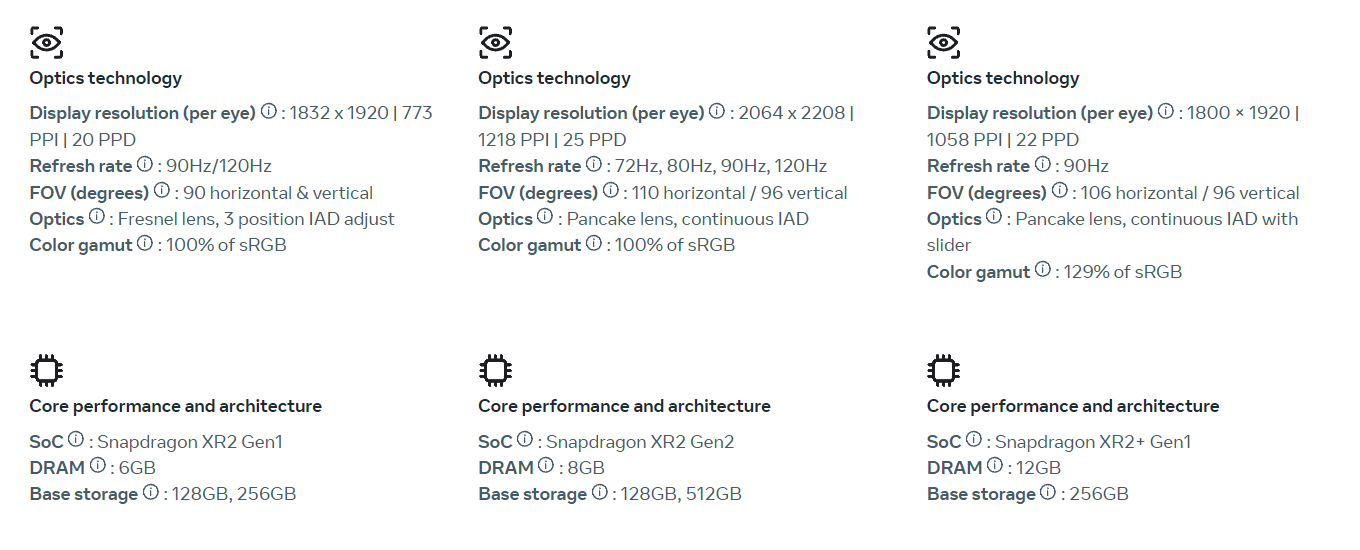Meta Quest 3 takes virtual reality to a new level, offering revolutionary technology at an affordable price. The latest Quest integrates mixed reality into everyday VR experiences and opens up new possibilities in gaming.
In the world of virtual reality, the Quest series has brought outstanding innovations, starting from Quest 1 and passing the baton to Quest 2, which opened up new dimensions in digital experiences. Quest 2 not only represented the next level of technological advancement but also enriched the user experience with numerous new features. One such feature was the passthrough capability, which, although initially limited in quality for displaying the real environment in virtual space, still represented progress. Hand tracking was also an important milestone, allowing users to interact with the virtual space in a more natural way.
Following the path of innovation, Quest 2 was followed by Quest Pro as the premium edition of the series, more oriented towards industrial use. It was superior in every aspect to its predecessor, especially in terms of colour passthrough and advanced controllers that no longer require ring tracking. This model opened up new dimensions in the field of professional VR usage.
What makes Meta Quest 3 so exciting?
The latest flagship, Quest 3, signifies a real advancement. It is particularly attractive in terms of value for money because although it is more affordable than the Pro model, it surpasses it in functional terms. It has been enhanced with innovations such as support for mixed reality and the possibility of digitally mapping our play space, revolutionizing interaction with games and enabling them to interact with our environment on a real level.
Comparing Quest 2, Quest 3 and Quest Pro:

 Credit: Meta
Credit: Meta
This is also an exciting period for the developer community. The compatibility of the new devices with previous applications ensures a seamless transition, while improving resolution and performance opens up new opportunities for creating higher-quality content. Hardware limitations are increasingly being pushed into the background, allowing developers to fully exploit these devices.
Which Quest is right for me?
Based on my personal experience, Quest Pro offers the most comfortable developing experience. However, considering the differences in price categories, each device has its own ideal range of use. Quest 2 is a perfect entry-level device or for situations where multiple devices are needed. For those who crave mixed reality, Quest 3 is the best choice, while Quest Pro is the optimal option for industrial applications and larger user groups. Considering the price differences between the models is essential in comparisons, as each category represents significantly different value, allowing every user to find the device that best suits their needs.
It is important to emphasize that these devices operate in standalone mode, meaning they do not require a computer; all calculations are done on the device. This makes these goggles more accessible and portable, and it shows the way to what could be the future of VR.
Written by: S. Dávid
Edited by: O. Dávid
Translated by: F. Flóra





